Artists, who have played with their own pareidolia first, know how to play with the pareidolia of the beholders of their works.
I incidentally found this in December 2017 as bycatch from my Snark hunt:
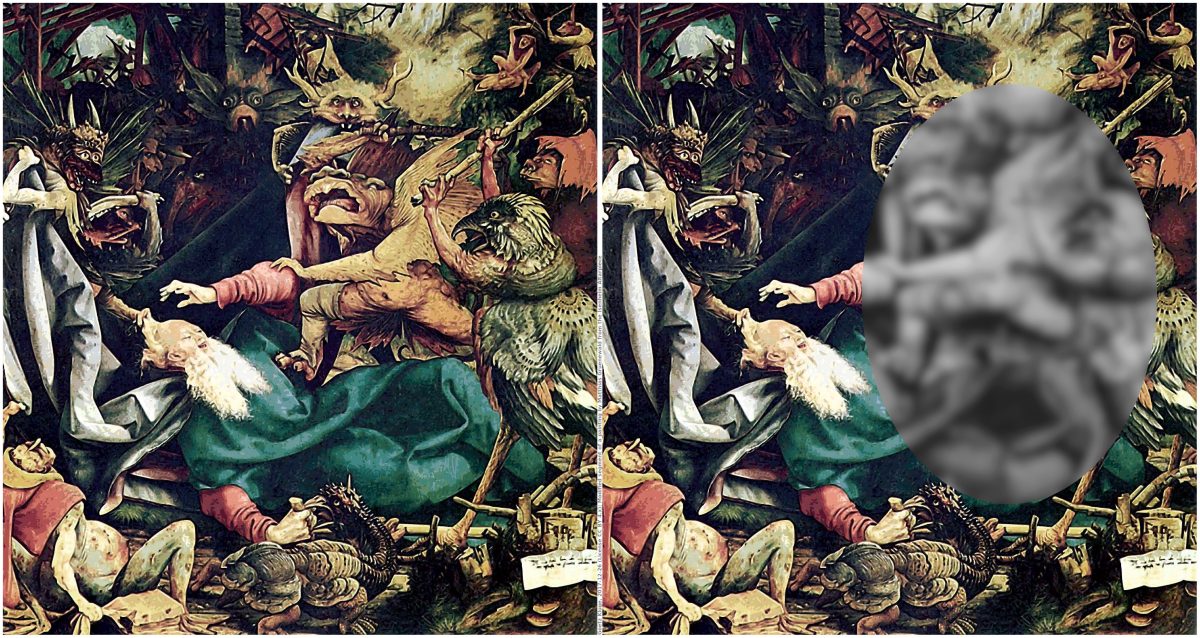
2017-12-23
Lewis Carroll, Henry Holiday and Joseph Swain's Tragicomedy
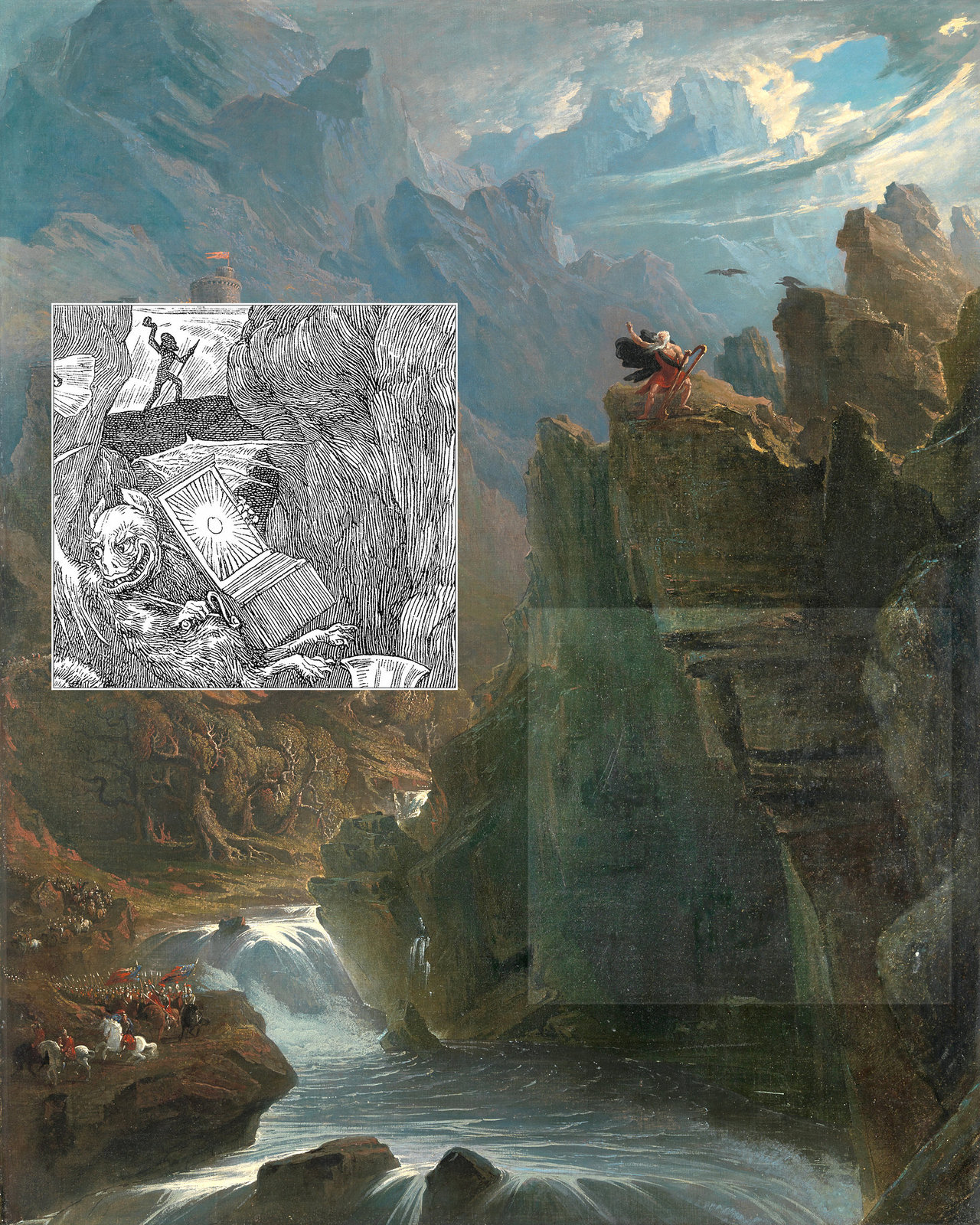
Bycatch (found in 2013) from my Snark hunt:
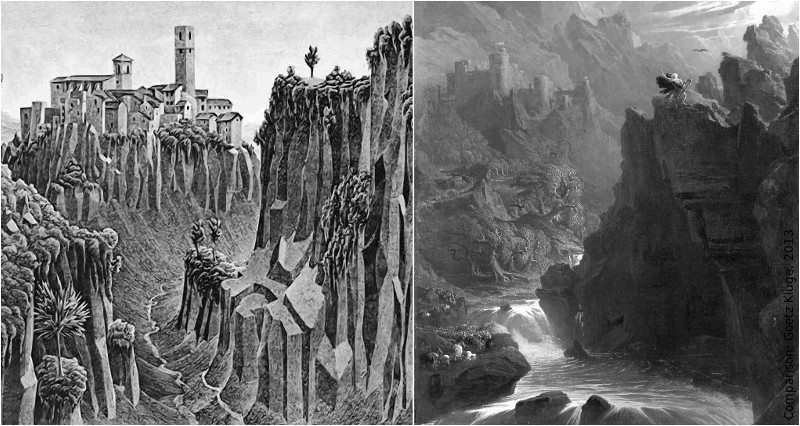
2017-09-26, update: 2021-08-26
Bycatch (but not mine):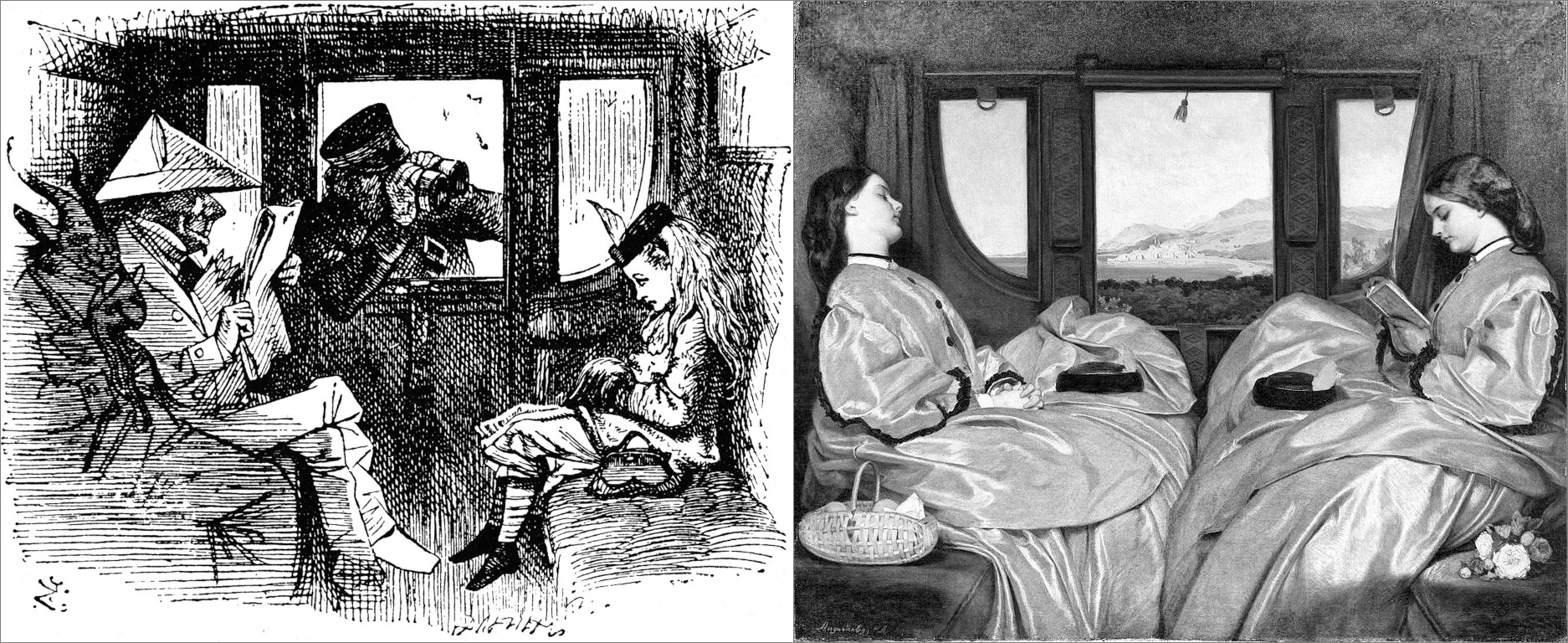
[left]: John Tenniel: Alice on the Train (1872)
[right]: Augustus Leopold Egg: The Travelling Companions (1862)
I found the comparison in preraphaelitesisterhood.com. If it is a pictorial reference at all, it might be a nice pun by Tenniel, but not as challenging as Henry Holiday’s conundrums.
Playing with the work of other artists could have been fun for John Tenniel too. (Of course another reason for such similarities always could be, that Holiday and Egg both referred an image by a third artist.)
2017-09-22, updated: 2021-05-24
Bycatch from my Snark hunt:
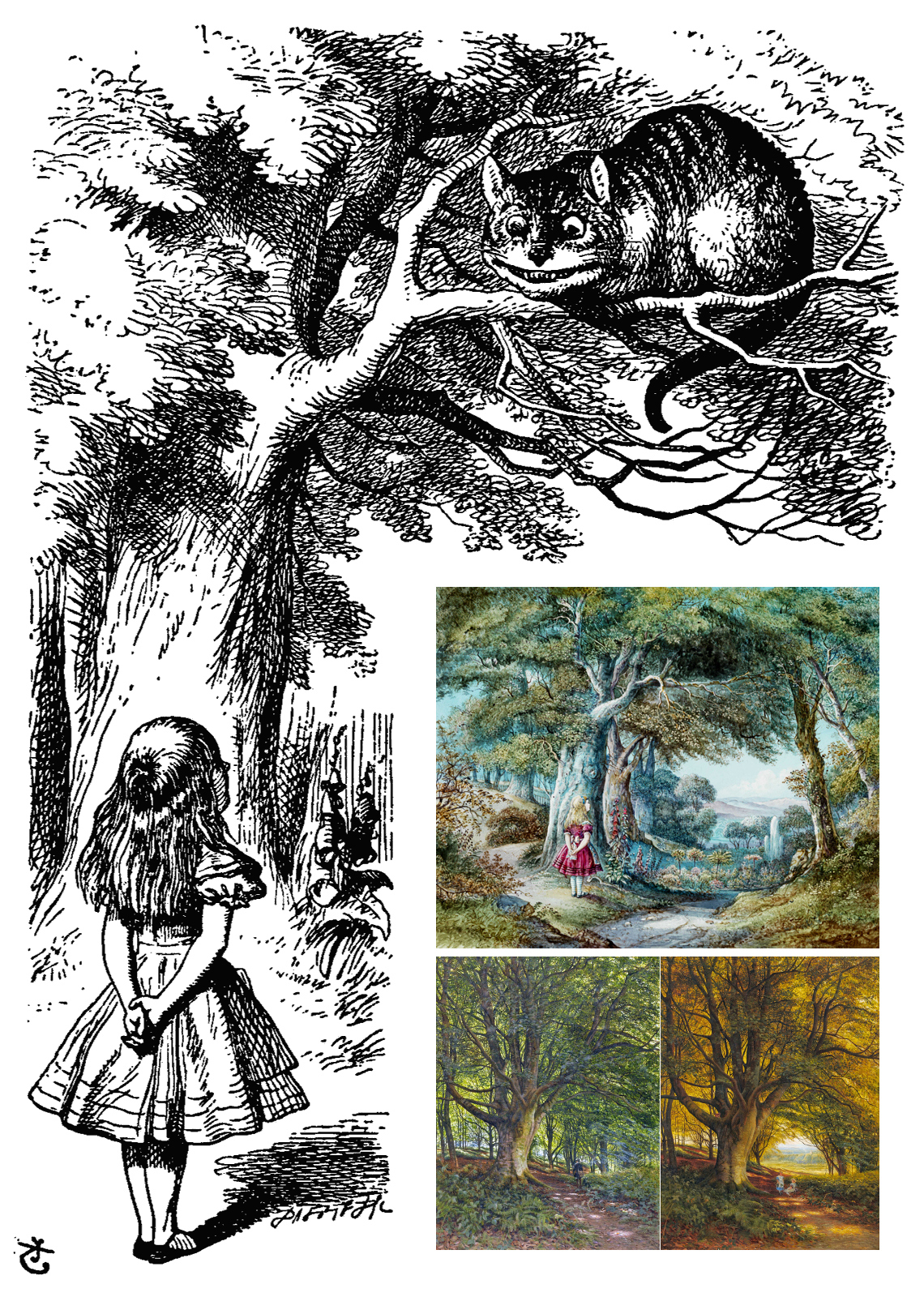
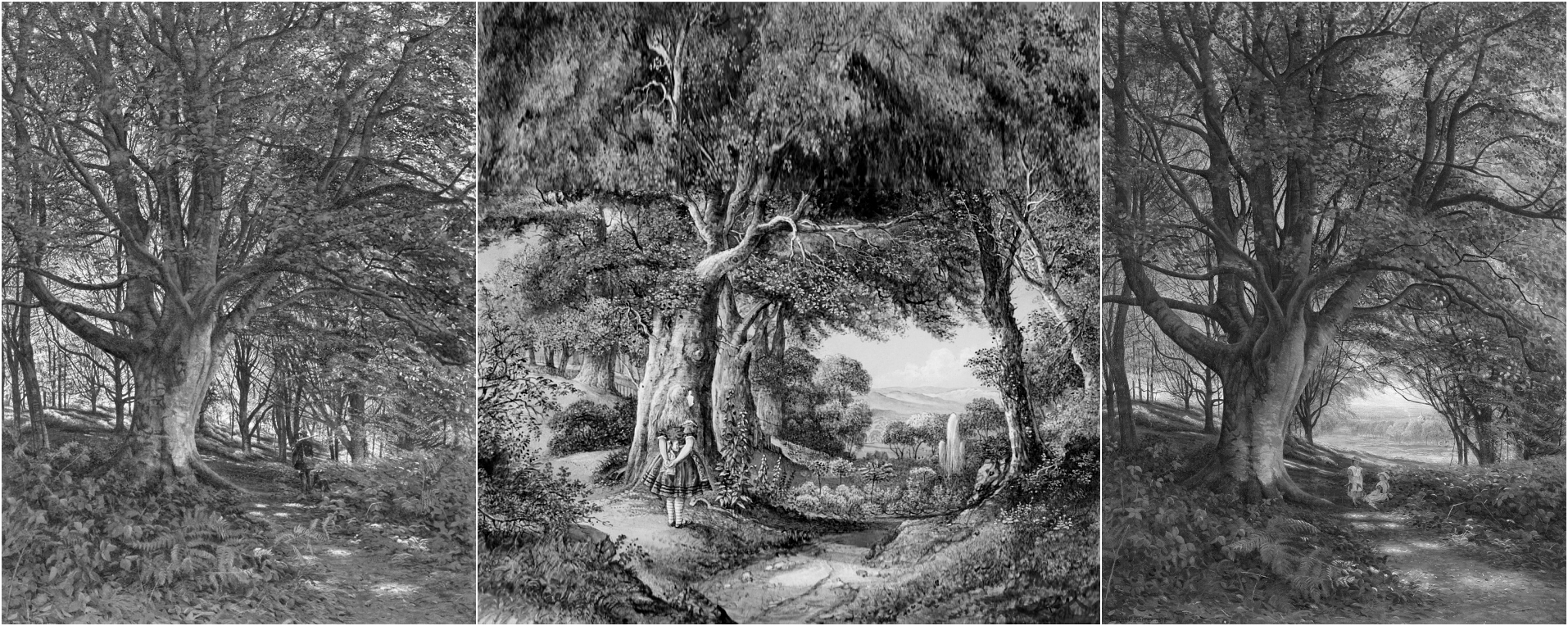
2018-03-31, updated: 2021-03-31
2020-12-19: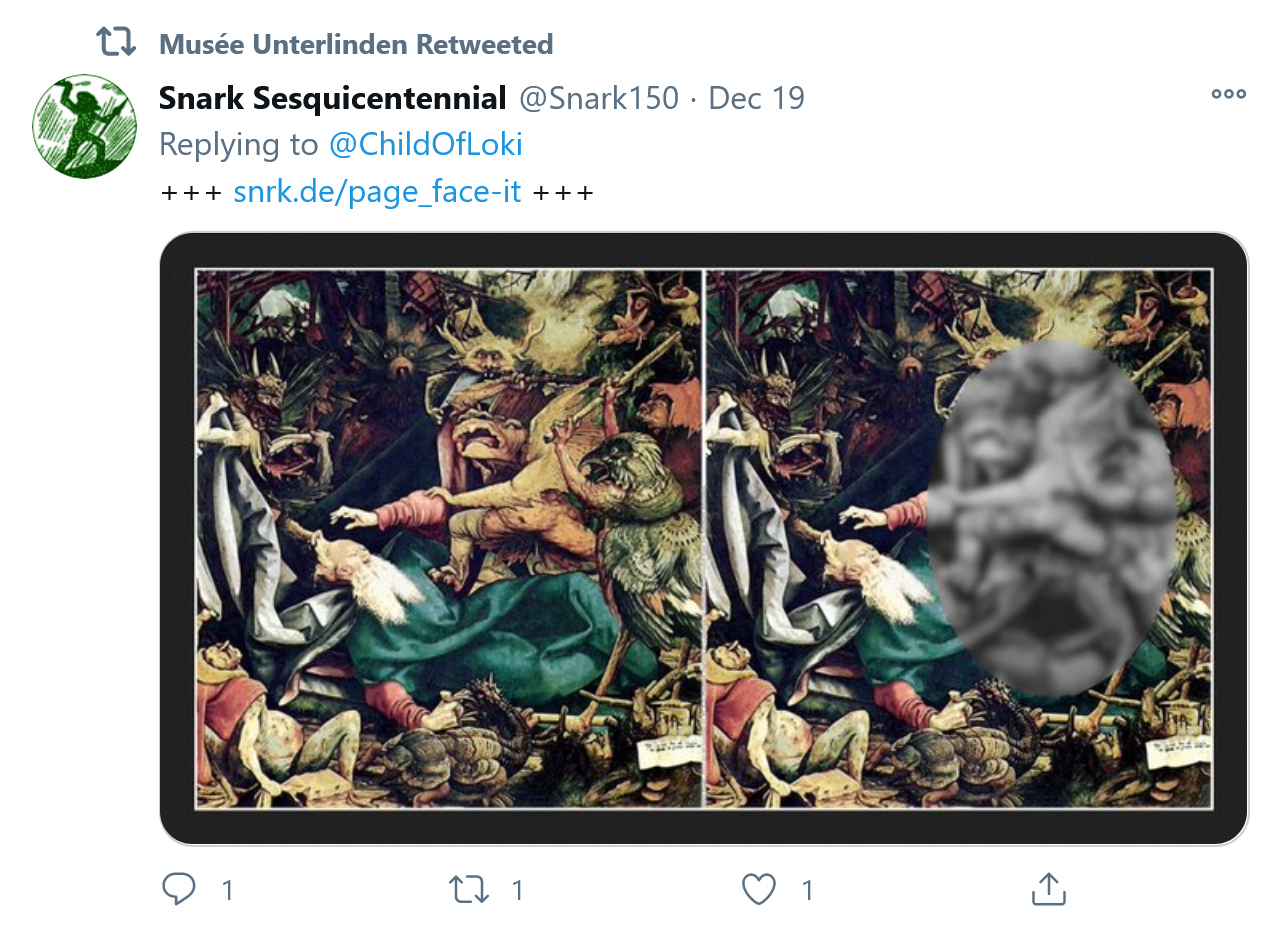
Monstrous Heads | Face it! | Tweets
Bycatch from my Snark hunt:
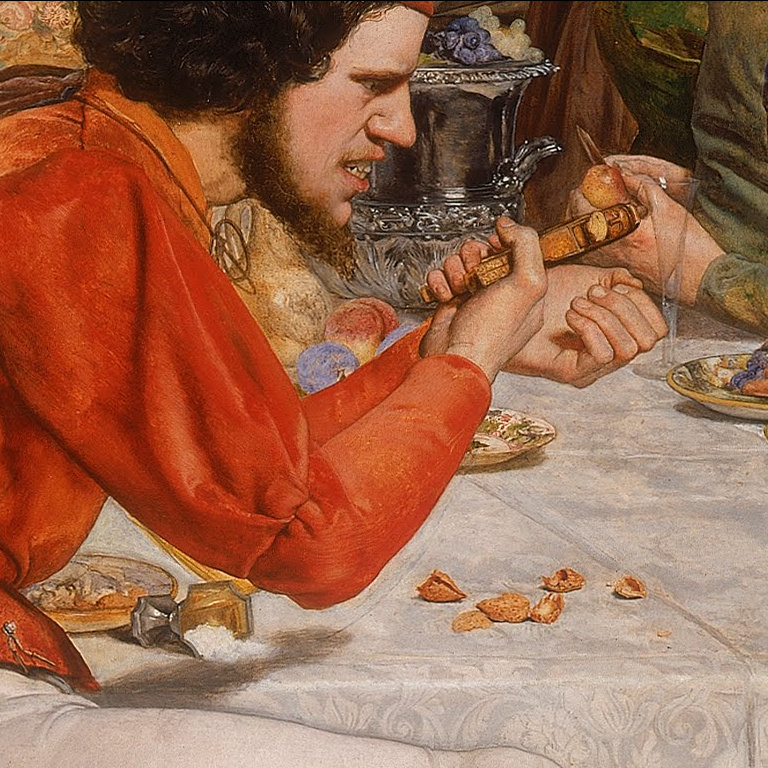
The, well, ambiguity of that “shadow”is known. Also there were some Freudian assumptions regarding what the salt could stand for. But so far I didn’t find any remarks on the impossibility of having a shadow being covered by white salt which isn’t covered by that shadow. To someone who learned physics that is a quite obvious question.
2017-12-17, update: 2020-04-11
At this moment the King, who had been for some time busily writing in his note-book, cackled out ‘Silence!’ and read out from his book, ‘Rule Forty-two. ALL PERSONS MORE THAN A MILE HIGH TO LEAVE THE COURT.’ Everybody looked at Alice.
‘I’m not a mile high,’ said Alice.
‘You are,’ said the King.
‘Nearly two miles high,’ added the Queen.
‘Well, I shan’t go, at any rate,’ said Alice: `besides, that’s not a regular rule: you invented it just now.’
‘It’s the oldest rule in the book,’ said the King.
‘Then it ought to be Number One,’ said Alice.
Lewis Carroll, Alice in Wonderland, chapter XII
In the 1952 German dubbed version of Disney’s 1951 Alice movie, “Rule 42” had been replaced by “Paragraph 51”. Nobody can really know what “42” stands for, but in Germany “he has the article 51” (“Er hat den Paragraph 51“) meant “He is mad”. It was until the year 1975 that the article 51 of the German penal code provided the legal base for insanity defense.
Lewis Carroll’s “Rule 42” might not have been plain nonsense.
Bycatch from my Snark hunt: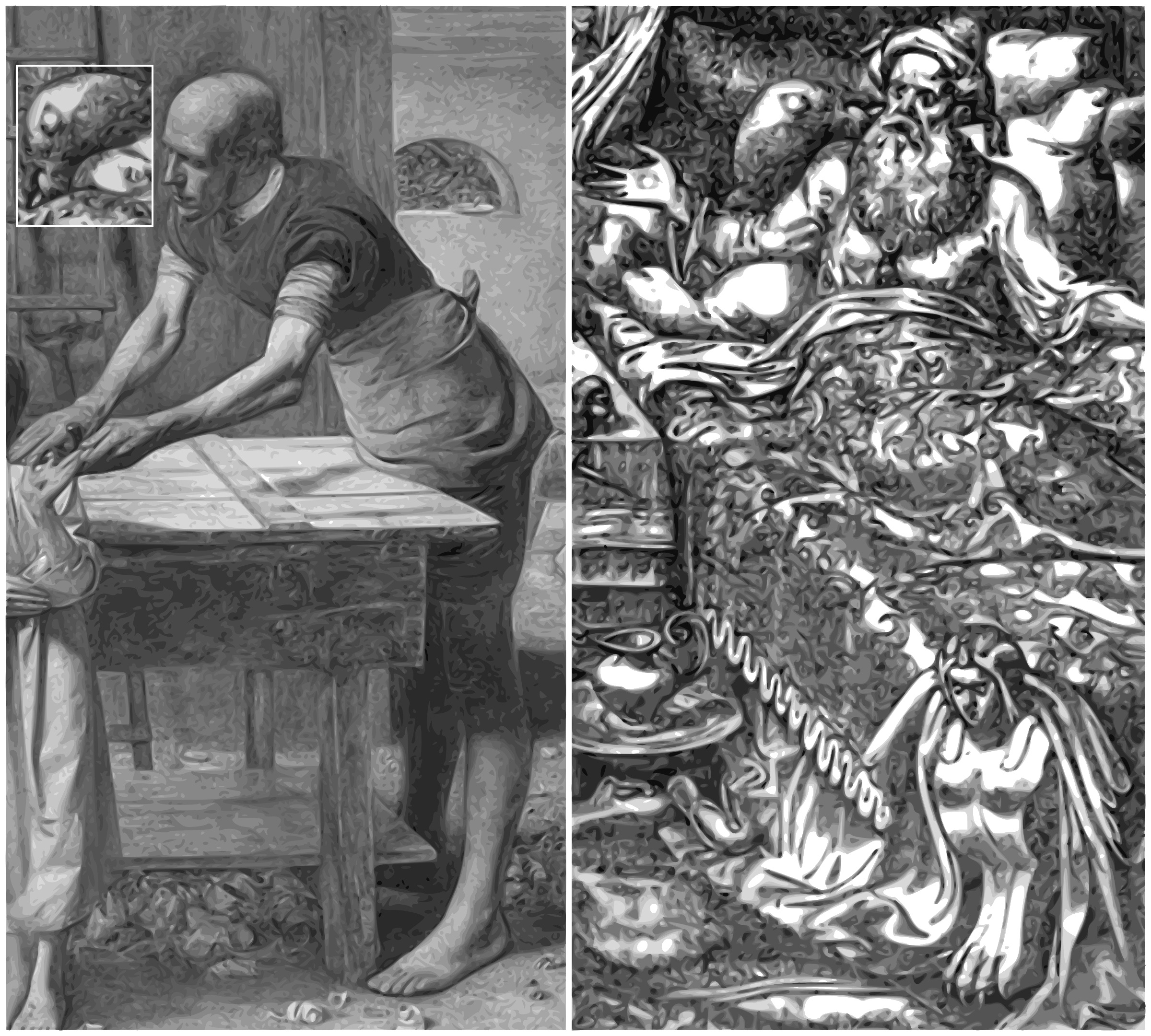
Of course this could be incidental. It is said, that Joseph’s head was modelled after the head of Millais’ father.